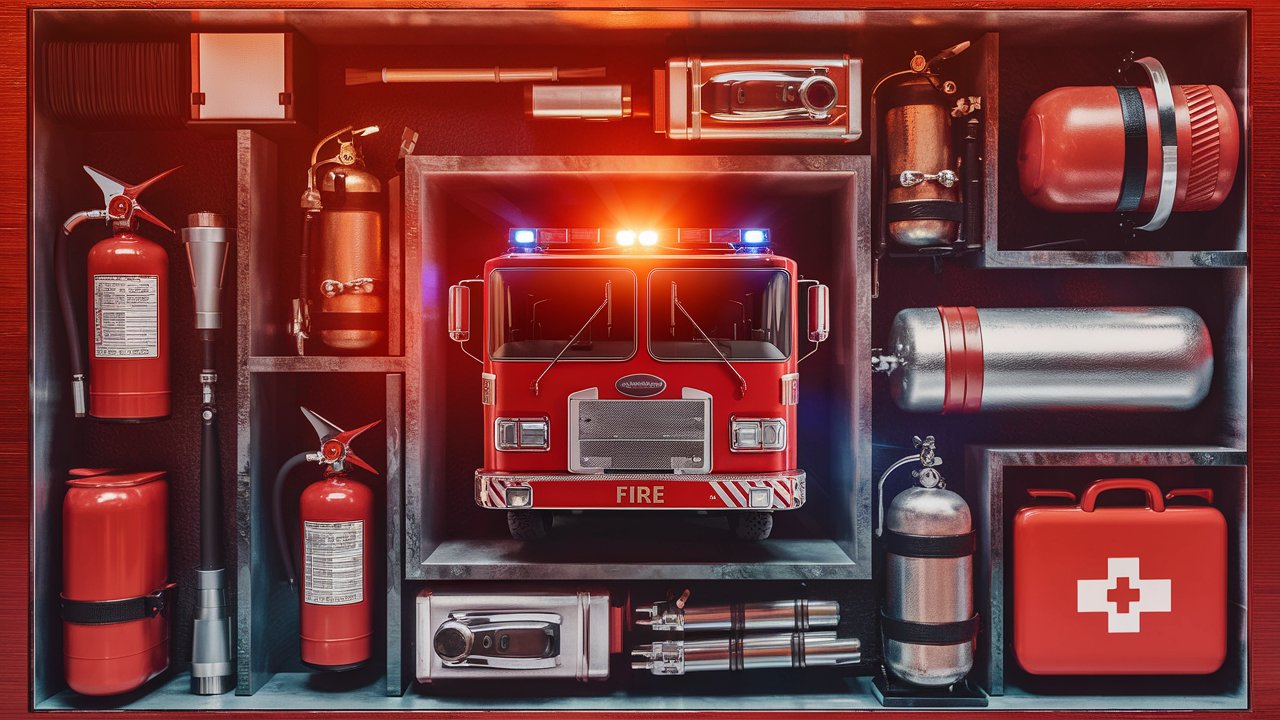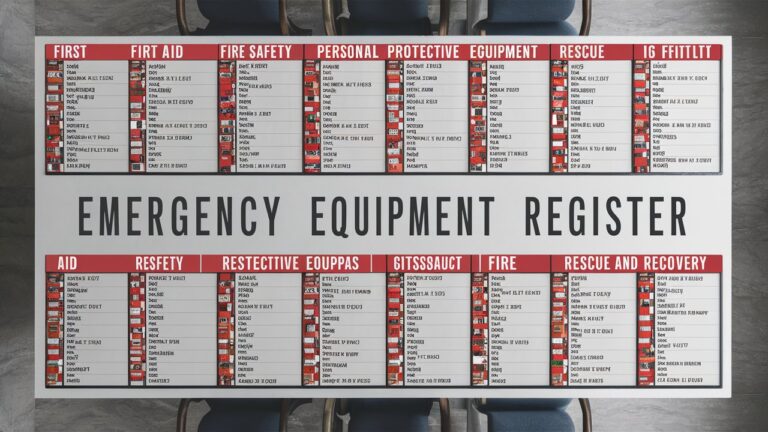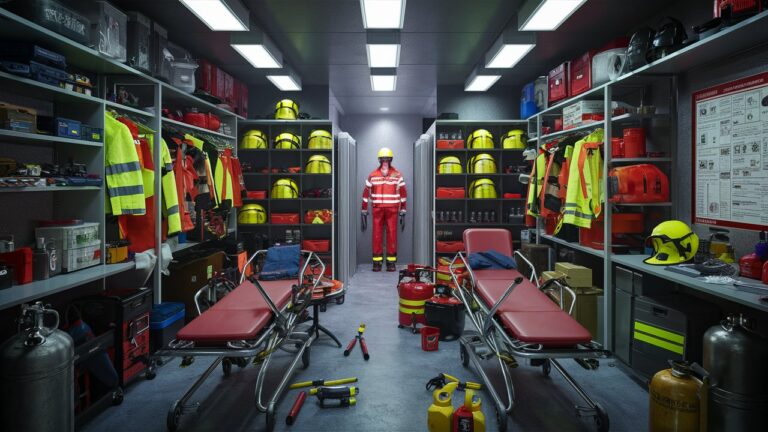A Comprehensive Guide to Emergency Equipment
In workplaces, ensuring safety is paramount. One crucial aspect of safety protocols is the availability of emergency equipment. From fire extinguishers to first aid kits, these tools can make a significant difference in handling unforeseen situations. In this article, we delve into the world of emergency equipment, exploring its importance, types, key features, benefits, selection criteria, installation, maintenance, and usage during emergencies.

Understanding Emergency Equipment
Importance of Emergency Equipment
Emergency equipment plays a pivotal role in mitigating risks and minimizing potential harm in workplaces. Whether it’s a medical emergency or a fire outbreak, having the right tools readily accessible can save lives and prevent property damage.
Types of Emergency Equipment
Emergency equipment encompasses a diverse range of tools tailored to specific scenarios. These may include fire extinguishers, first aid kits, emergency showers, eyewash stations, evacuation chairs, and more. Each type serves a unique purpose, addressing different aspects of safety and emergency response.
Key Features
To be effective, emergency equipment must possess certain key features. These features often include durability, ease of use, reliability, and compliance with safety standards. Additionally, some equipment may incorporate advanced technologies for enhanced functionality and performance.
Benefits
The utilization of emergency equipment offers several benefits to organizations and individuals alike. Primarily, it enhances workplace safety, instilling confidence among employees and visitors. Moreover, it demonstrates a commitment to regulatory compliance and duty of care, potentially reducing insurance premiums and liabilities.

How to Choose
Selecting the right emergency equipment involves careful consideration of various factors. These may include the nature of the workplace, potential hazards, regulatory requirements, budget constraints, and anticipated usage. Conducting a thorough risk assessment can guide decision-making and ensure the adequacy of chosen equipment.
Installation Guide
Proper installation is crucial to the effectiveness of emergency equipment. Follow manufacturer guidelines and relevant regulations when installing equipment such as fire extinguishers, emergency lights, and exit signs. Ensure clear signage and accessibility to facilitate quick deployment during emergencies.
Maintenance Tips
Regular maintenance is essential to keep emergency equipment in optimal condition. Schedule routine inspections, testing, and servicing as per manufacturer recommendations and regulatory standards. Replace expired or damaged components promptly to maintain readiness and reliability.
Emergency Situations
In emergency situations, prompt and effective utilization of emergency equipment can be life-saving. Train employees on proper usage protocols and evacuation procedures. Conduct drills and simulations periodically to reinforce preparedness and identify areas for improvement.
Common FAQs
What types of fire extinguishers are suitable for different classes of fires?
How often should first aid kits be inspected and restocked?
Are there any legal requirements regarding the placement of emergency exits?
Can emergency showers be used for chemical spills other than corrosive substances?
What training is necessary for employees to operate emergency equipment?
How should expired emergency equipment be disposed of?
Answers to FAQs:
- Fire extinguishers are classified based on the type of fire they can extinguish, such as Class A, B, C, D, or K. Each class corresponds to a specific type of fuel, and the appropriate extinguisher should be selected accordingly.
- First aid kits should be inspected regularly, ideally monthly, to ensure that supplies are intact and within expiry dates. Restocking should occur as needed to maintain adequate inventory.
- Legal requirements for emergency exits may vary by jurisdiction. However, exits should be clearly marked, unobstructed, and sufficient in number to accommodate the occupancy of the workplace.
- While emergency showers are primarily intended for corrosive chemical spills, they may also be suitable for rinsing off other hazardous substances. Refer to the manufacturer’s guidelines for specific recommendations.
- Training requirements for operating emergency equipment depend on the type of equipment and workplace hazards. Employees should receive comprehensive training on proper usage, maintenance, and emergency response procedures.
- Expired emergency equipment should be disposed of according to relevant regulations and manufacturer instructions. This may involve proper recycling or disposal methods to prevent environmental contamination.
Conclusion
In conclusion, emergency equipment is indispensable for ensuring workplace safety and preparedness. By understanding its importance, selecting appropriate tools, and implementing proper maintenance and training protocols, organizations can create safer environments for their employees and visitors.





